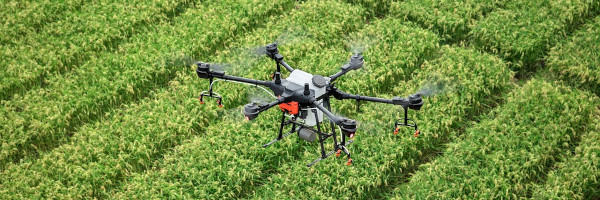Geographic Location Systems
Jump to navigation
Jump to search
| Agriculture | |||||||||||
|---|---|---|---|---|---|---|---|---|---|---|---|

| |||||||||||
| Sectors | Data | ||||||||||
| Contact | Wilfred Pinfold | ||||||||||
| Topics | |||||||||||
Activities
| |||||||||||
- Authors
A Geographic Location System (GLS) is a technology that uses various methods to determine the location of a device or object on the earth's surface. The most widely used GLS technology is the Global Positioning System (GPS), which uses signals from a network of satellites to provide location and time information to users on the ground.
Technologies
Geographic Location System technologies are technologies include:
- GPS (Global Positioning System): A satellite-based navigation system that provides location and time information to users on the ground.
- DGPS (Differential GPS): A system that improves the accuracy of GPS signals by using ground-based reference stations to correct for errors in the satellite signals.
- RTK (Real-Time Kinematic) GPS: A high-precision GPS system that uses a separate radio link to provide real-time corrections and sub-centimeter accuracy.
- PPK (Post-Processed Kinematic) GPS: A method of improving the accuracy of GPS data by using data from multiple receivers and processing it after the data has been collected.
- LIDAR-based positioning: A technology that uses laser scanning and ranging to determine the position of a device.
- INS (Inertial Navigation System): A system that uses accelerometers and gyroscopes to determine position and orientation based on the movement of the device.
- A-GPS (Assisted GPS): A system that uses a combination of GPS and other location technologies, such as cell tower triangulation or Wi-Fi positioning, to improve the accuracy and availability of GPS signals.
- SBAS (Satellite-Based Augmentation Systems): A system that uses additional satellites and ground-based reference stations to improve the accuracy and integrity of GPS signals. Examples include WAAS (Wide Area Augmentation System) and EGNOS (European Geostationary Navigation Overlay Service)
- PPP (Precise Point Positioning): A technique that uses GPS measurements and precise orbit and clock information to determine positions with centimeter-level accuracy.
- Ultra Wideband (UWB) : A wireless technology that uses a wide range of frequencies to transmit data over short distances, it can be used for indoor positioning, where GPS signals are often weak or unavailable.


